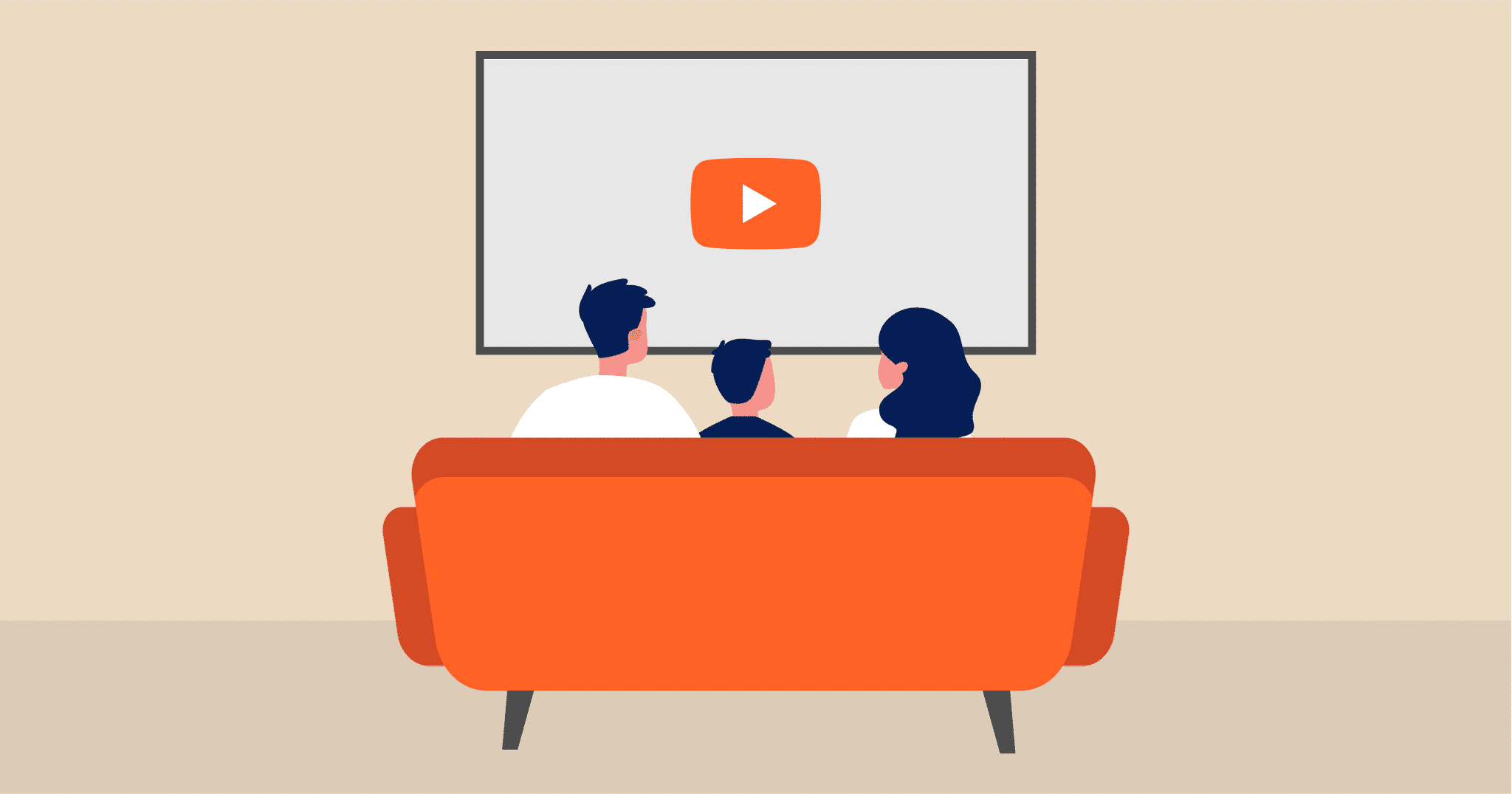The Art of Content Writing revealed in 10 Tips

Words by Jennifer Dekker

‘M’ = Make a planning
A good start is half the work. So, first things first! Before you start writing anything, it’s a good idea to make an overview, meaning: define your structure, set your goals and decide on the key take-aways for the track and each learning moment. Hold on to your structure and the content writing will flow naturally!
‘O’ = Out of the box
Thinking outside the box is your train of thought while writing! Don’t just share theory but try a different approach. Empower your team with knowledge in a unique way by introducing scenarios, fun facts and practical examples out of their day-to-day working lives. Or what about showing an explanatory video, instead of writing everything down? You can simply record one on your mobile phone yourself!
‘B’ = Bite-sized
This one is pretty straight forward: don’t try to write a book. Keep it short, sweet and simple! Present bite-sized pieces of information and focus on the key need-to-knows, instead of nice-to-knows – those can always be included in the ‘tips & tricks’. The shorter the better, because your audience sees the learning content on their mobile phone, remember? So, keep that in mind while writing!
‘I’ = Images stick
Images stick, it’s as simple as that! Sometimes strong visuals speak louder than a thousand words. It’s also a great way to spice things up and keep your audience engaged! Truly a win-win situation, right? You can use real pictures, insert an animation or infographic, and don’t forget to add a few GIFS here and there – they can be funny, inspirational or supportive!
‘E’ = Engaging
We already dropped the E-word a few times. So, it must be an important one – we hear you think. That’s right! Content writing is all about making your content fun and engaging. How, you ask? Well, let’s go over a few simple tips:
- By playing with the flow within your learning moment. You can start by sharing information, followed by asking some questions, but it’s also fun to mix it up now and then!
- By alternating between the various question formats (yes/no, swipe, ranking, multiple (image) choice, multiple (image) answer, true/fact).
- By adding images and using the text editor (to highlight certain words, use bullet points, etc.) when you’re creating text slides.
‘T’ = Tone of voice
It goes without saying that you should always keep your audience in mind while writing. You must adapt your tone of voice to the learner. The easiest way to do so is by putting yourself in their position and speaking their language. Consider if your writing style should be formal or informal, adjust the difficulty level, and maybe think of a fitting way to address your end-users, like: “Hi, champs!” or “Hello, heroes! “
‘R’ = Retention
In order to truly learn, a user needs to see the provided information multiple times. So, simply sharing information isn’t enough to make newly acquired knowledge stick. Make sure your team remembers what they’ve just learned by asking them a variety of questions about it. Dare to challenge them! To stimulate this knowledge retention even more, various tests are built-in as well.
‘A’ = Audience
We’ve already addressed the importance of keeping your audience in mind while writing. And the reason for that is twofold, actually. Besides adapting your tone of voice to the user, you should also alter the information you share with them. It must be relevant! Maybe a learning track is only meant for a part of the team? Then create user groups! Or maybe the track is useful for everyone, but just needs some changes here and there? Well, with our clone functionality you can easily tweak tracks for different user groups. You’re welcome!
‘I’ = Intrinsic Motivation
Make the learner’s motivation come from within! Of course, our gamification elements can help you with that but keep this in mind while writing as well. People love to complete things, so use that to your advantage! Don’t make a learning track too long and guide your users through it. Start each learning moment by sharing what they may expect to learn and finish it by encouraging them to go on and start the next one!
‘N’ = New approach
Mobile microlearning is a relatively new way of learning. You have the chance to empower your team with knowledge in an innovative way by using different types of questions, adding original ‘tips & tricks’ and, of course, by relying on the implemented gamification aspect. But because it’s all so new, it’s indispensable that it’s being supported throughout the entire organisation. If you truly want to make an impact, it’s important to include every layer of your company in this new learning experience! So, our final tip to you: don’t forget to entice your users with a grand introduction and remember to keep triggering and supporting them along the way. Good luck!
Now that you know a thing or two about content writing, it’s time to pick up your pen! Would you like some more guidance?
We’ve got your back! Simply contact us at hello@mobietrain.com.

